|
The BP Portrait award is on again at the National Portrait Gallery. It is free and is on display until 23rd September 2018. This year it has been bounced from its usual place to a smaller gallery and I have to say it suffers from it. This is to make room from the monster Michael Jackson show. Credit has to be given to the National Portrait Gallery for doing this slightly more off beat kind of show. It is also the kind of thing the V&A does well. Back to the portraits, you have to hunt around to make sure you have seen them all as they are round corners and in various nooks. As always the show is predominated by the technically impressive but emotionally and artistically dull photo-realist painting. The problem is that some of them are compositionaly photography so that it is obvious the photograph has been effectively traced. Indeed I did wonder if one could submit a photograph and fool the judges. Still apart from this there were some very striking and impressive portraits and I will open with my favourite; Neema Tambo by Gaela Erwin (above). Erwin is from Kentucky, just one example of the international reach of this competition. It is a very striking picture. The 3/4 length shot is a good choice. The model, Tambo, is both pretty and interesting looking. The contrast of her dark skin, the black dress (which is beautifully rendered) and the muted grey background make the painting really stand out and also give it a mournful quality. There is good use of shadow here, particularly in the way it bisects Tambo's face. An old trick but a good one. This is verging on photo-realism but there is character and personality there, which is what I want from my portraits. I voted for it in the people's favourite competition. I hope it wins. Different media can be interesting to. Mrs Anna Wojick by Monika Polak (above) is one such example. Instead of painting on canvas or board, she has painted on patterned fabric. By the clever use of shadow, tone and shading she makes her subject appear out of, or perhaps is disappearing into the background. One could easily read into this something about the invisibility of old age. An interesting face is also a bonus and we have that here. We also have very well rendered hands, something that many portrait painters cannot do and avoid. Here though they are in many ways the focus of the painting. Some paintings, for whatever reason don't photograph well. Particularly when you are in a crowded gallery and have to content yourself to snapping from an angle. Such is the the case with Francesca Haywood by Vanessa Garwood (above) which trust me is much better in the original (or don't trust me, but it still is). Haywood, as the painting makes abundantly clear is a ballerina. I like the bold outlines to the figure and the fact she is surrounded by tutus and similar. Garwood also makes good use of thick paint to give a nice texture to the whole piece. In additional the slightly defiant look to Haywood, moves this above a standard portrait. We move aware from the typical female portrait of an object to be gazed at, to someone who is looking at you. The technical mastery in Ziqiang 124 by Chunchieh Huang (above), almost ruins it for me. It is almost too photorealistic to be interesting, crossing the border into what might has well have been a slightly dull photo. It is the central figure that lifts it out of this, and also the shiny curtain behind him. Also I like a messy room. Religious allegory often creeps into portraiture, sometimes intentionally sometimes not. David by Robert Seidel (above) is one such example. The central figure David has a christ like, prophet-preacher air to him. The flat almost graphic way he is presented (painted in egg tempera) gives this a graphically literally iconic feel. The beard helps of course. Seidel has won the BP travel award so we will see more of him next year. An Angel at my Table by Miriam Escofet (above) one first prize. I wouldn't have chose it (my choice is at the top) but it is a good portrait and I can see why it won. Firstly it is technically excellent and the judges at this award always seem to prefer the photo-realist style. The colour pallet is also interesting with the greys and whites predominating throughout the picture. There are a few elements though that lift it. Firstly there is the shadow, the way the left hand of the portrait in darkness and the middle and right in light. Then there is the fact the subject of the portrait, who is beautifully rendered, especially the hair (and is I believe Escofet's mother) is looking off to the left. Difficult to see from my terrible photograph but the figurine and the plate behind it on the table, are blurred almost as if they are moving. Finally a good title really helps and An Angel at my Table is a good title. Is the angel the sitter, is it the strange figurine, or has the angel left and is now stage left. hence the movement and the way the subject is looking? Get your title to provoke thought and you can really add to a painting. Transformations by Michael Bergt (above) gives us egg tempara, it gives us good leaf, it gives us a Minotaur, implied nakedness and a sinister dark background. The face of the sitter, is wonderfully done with a beguiling look to it. Reminds me of Kim Cattrall. The sharp collar bone, the earings and the beehive hairdoo all frame the face nicely. Then behind it you have this grasping hand and indistinct bull's head. Pictures that allow you to build a story are always good. I was very taken was this, and it nearly made my first choice. Tony Albert by Hugo Fergusson (above) has a very touching quality to it. Adults with learning difficulties have to be approached in a certain way, it is easy to be patronising, or render them child like but Fergusson manages to avoid both these traps. At least I think so. I like the slightly blocky way in which Fegusson paints, there are good shadows and different tones in the face. He has given Albert a stern but contradictory approachable quality. The stripes of red braces work very well as a contrast. The background is a bit too muddy, which is perhaps my only criticism. Children, lacking as they do craggy features on their faces can be difficult to do well. Above are two different pictures that have gone for two different approaches. Above left we have Ilea by Neale Worley. Worley has gone for the allegorical approach, the sackcloth dress, the ivy and the brown curtain behind the subject all tell a story. Quite what that story is, is up to you. Another approach, that taken by Samantha Fellows in Found Albert Crouching in the Kitchen (above right), is to look to depict the personality of the child. This, with the crouching Albert, looking cheekily off to the left she has managed to do very well. Painting in a different way on something different can often be a way to stand out from the crowd. You have to be able to pull it off though. Tom Bedeman by Oliver Bedeman (above) is done on glass using something called reverse oils. I don't know what those are, presumably they are for painting on glass. It gives the piece and ethereal quality, emphasised by the pale colour palette and the mournful look of the subject. To do elfin nudity you have to avoid being to fantastical and also being too coquettish. One of the ways to do this is to do a self portrait as Secil Guven has (above). High quality of work as we have here helps, so for example the leaves make it rustic, but not fantastical. Secondly, the pose in general with the eyes looking straight at you. These are not come hither eyes, but rather, "what?" eyes. I like that. The paleness of her skin makes for an excellent contrast with the dark brown ground behind her. Finally I shall leave you with Charlie Masson by Alvin Ong (above). I like the colours of this picture. I like the way the yellows, greys and brown swirl in the right hand side of the image, like one of those polished stones. The shadows of the figure do a similar effect. This is one of only 3 abstract or semi abstracted pictures in the show. It is also one of the smallest. This one is a bit of a grower, in that the longer you look at it the more it draws you in.
There are many others in the show that I haven't mentioned. Its free and worth going to. I would also recommend ascending the front stairs to the mezzanine where you can see the work of Noah Buchanan (below), who I blogged about last year, and one the BP Travel award. The results of his travel are on display and rather good they are too.
0 Comments
Leave a Reply. |
Archives
June 2024
Categories |
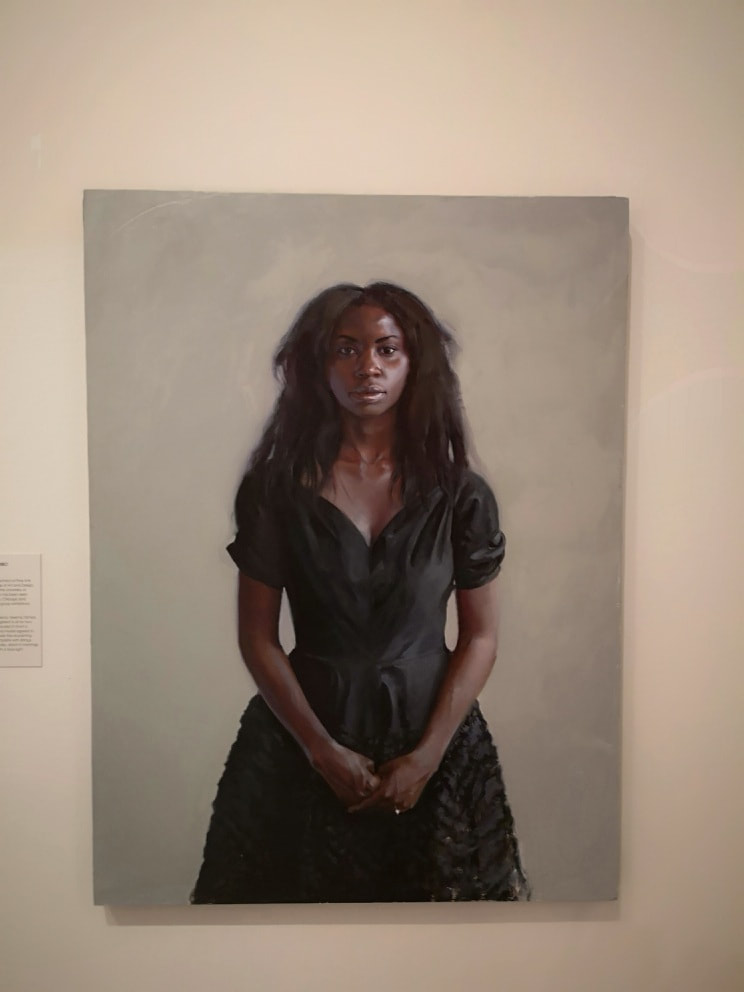

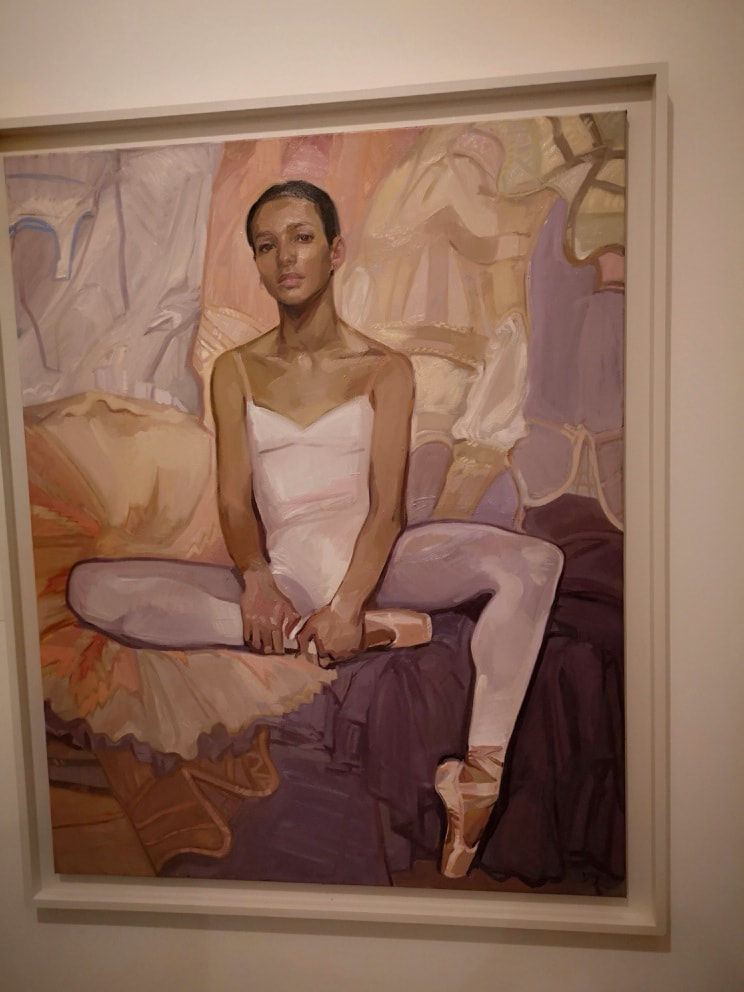
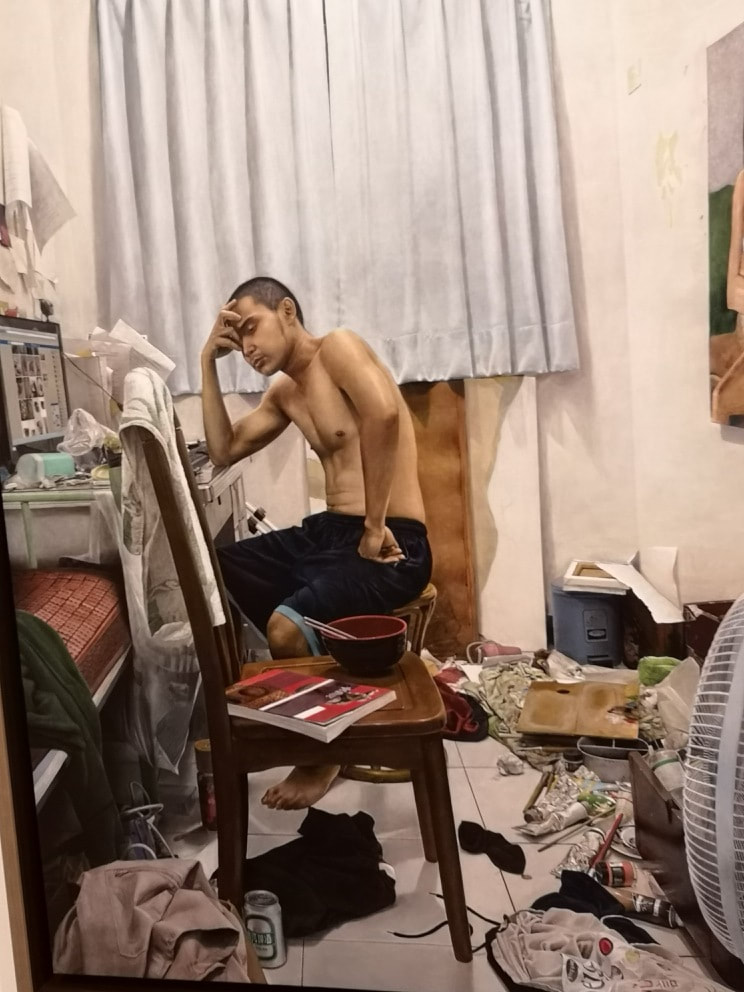
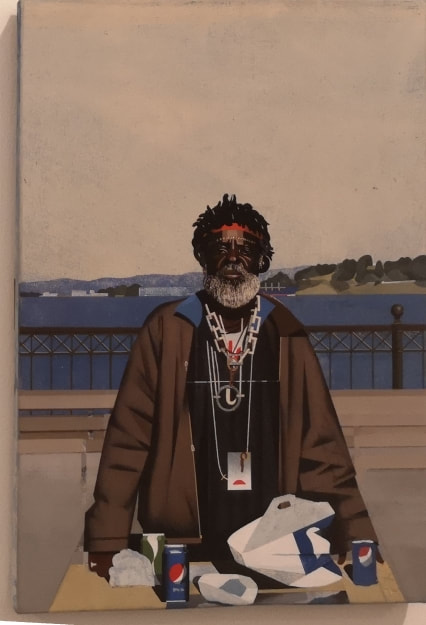
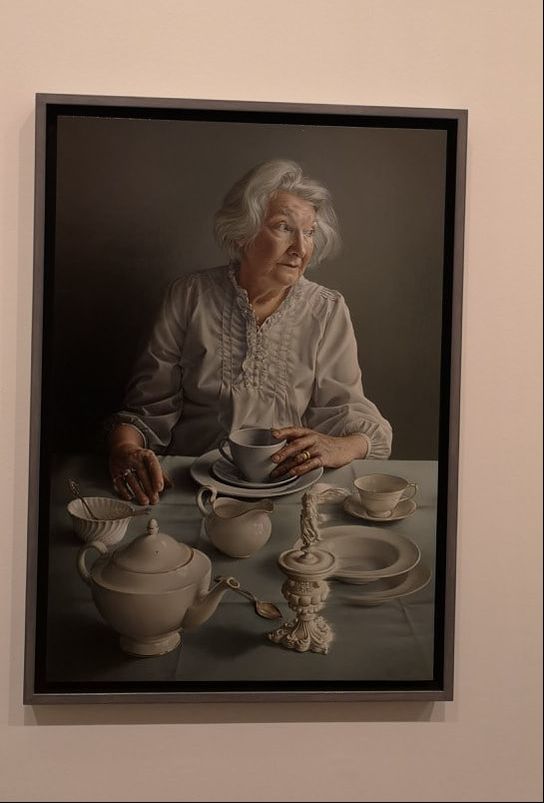
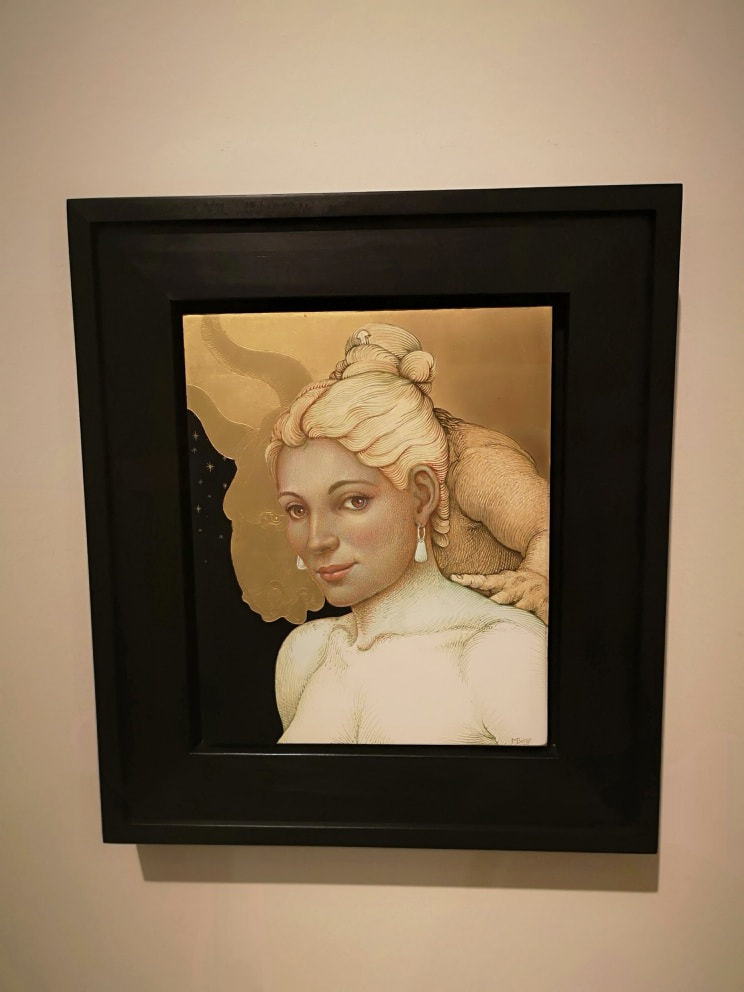

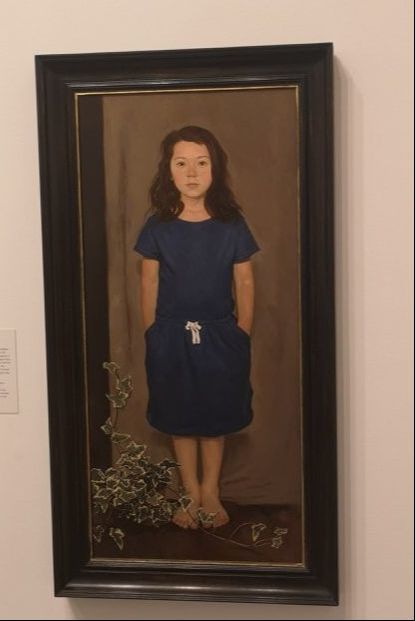
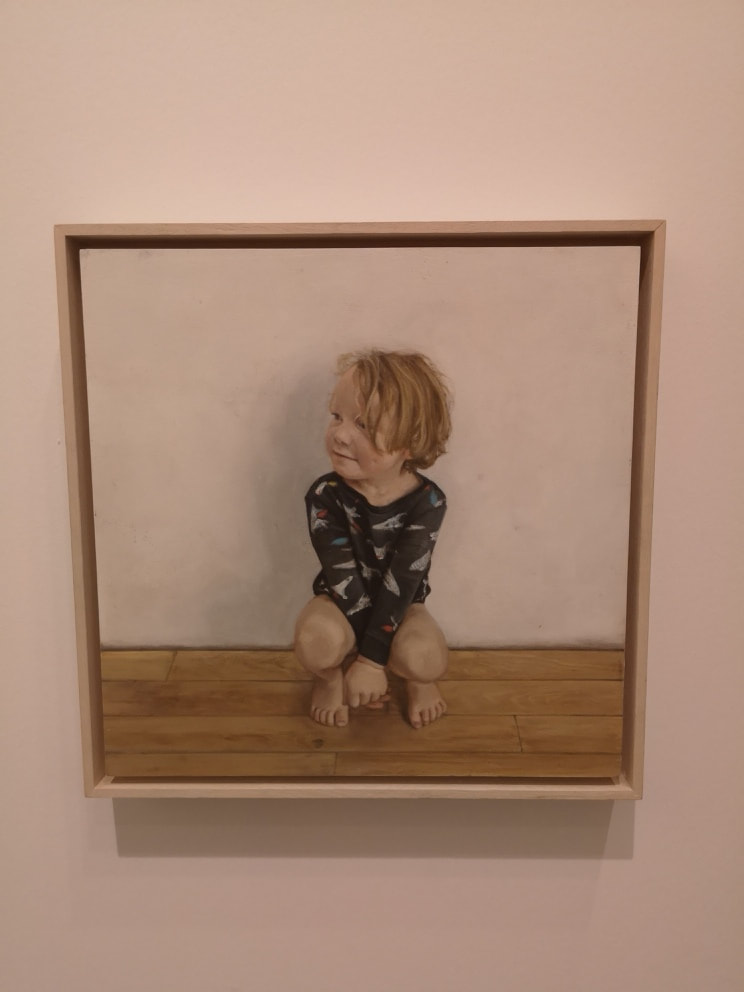
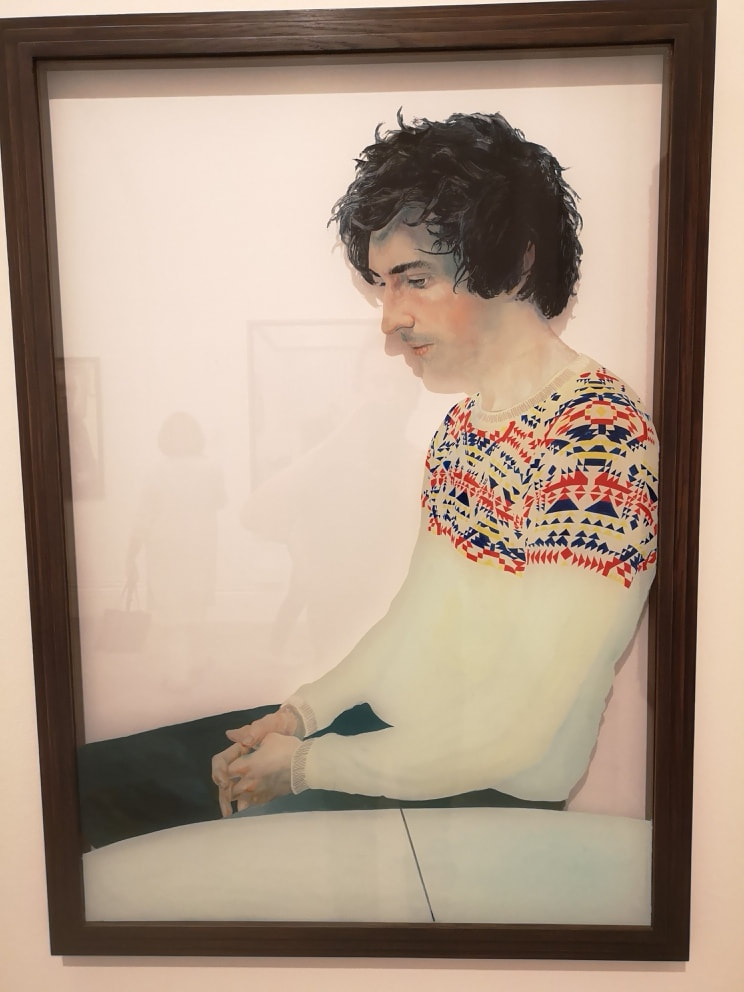
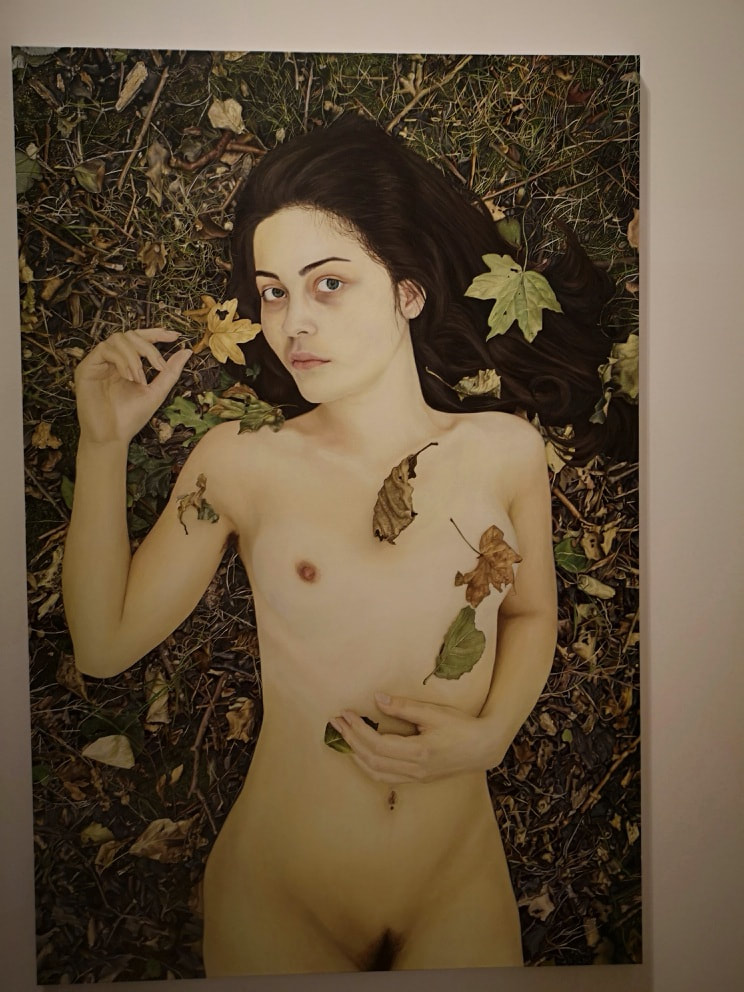
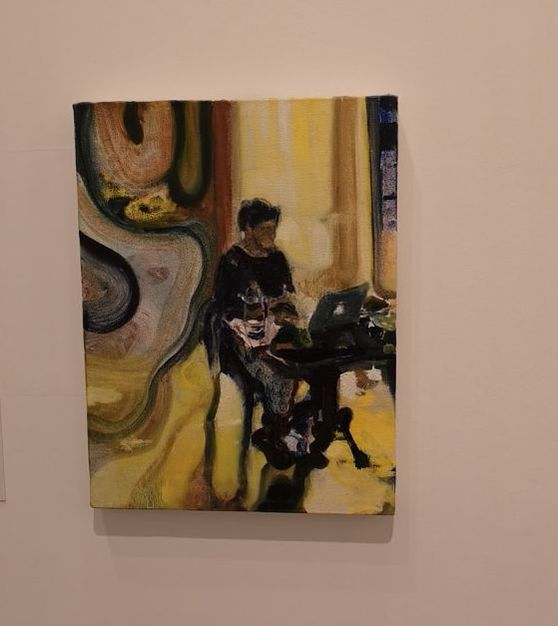
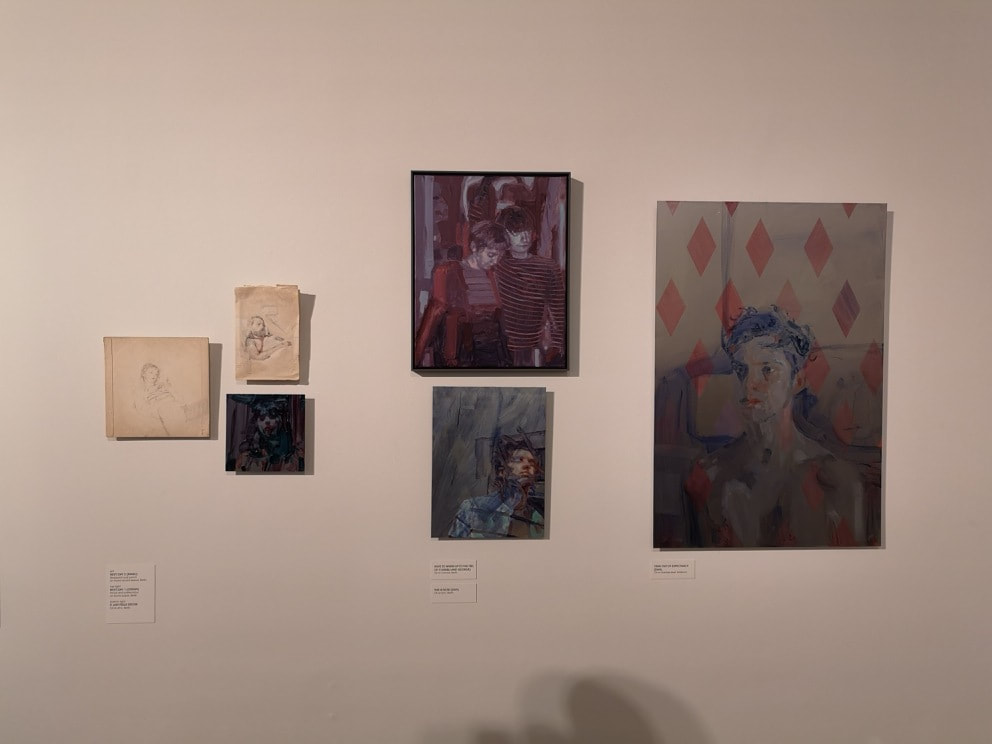
 RSS Feed
RSS Feed